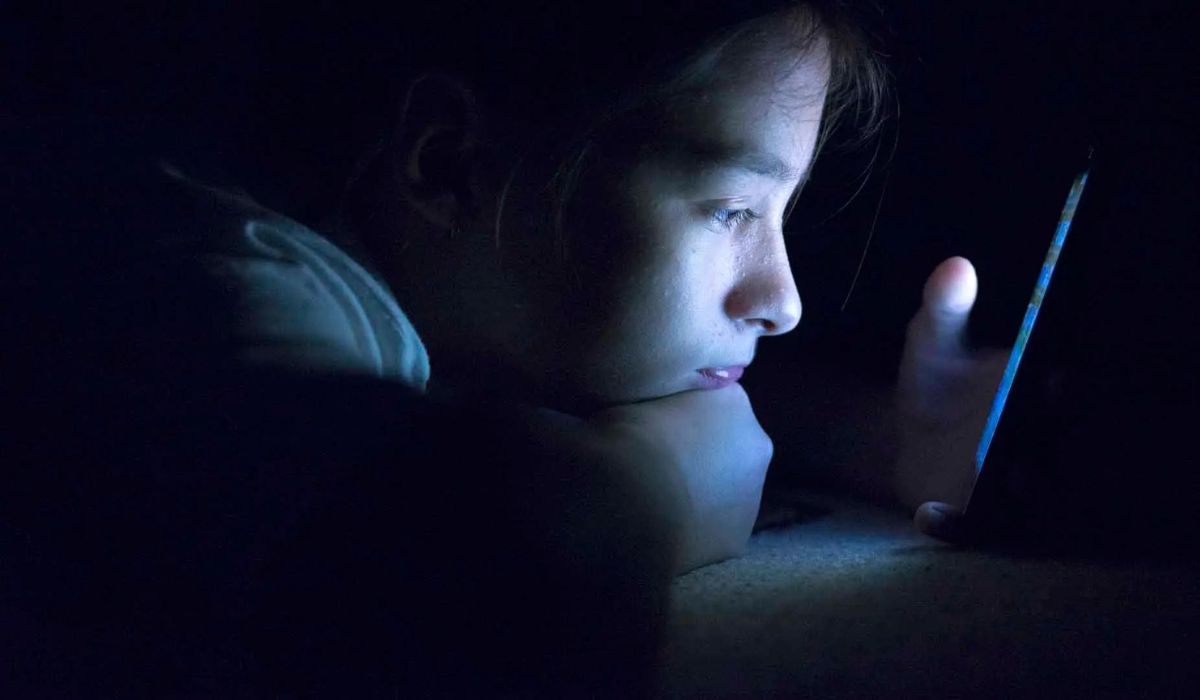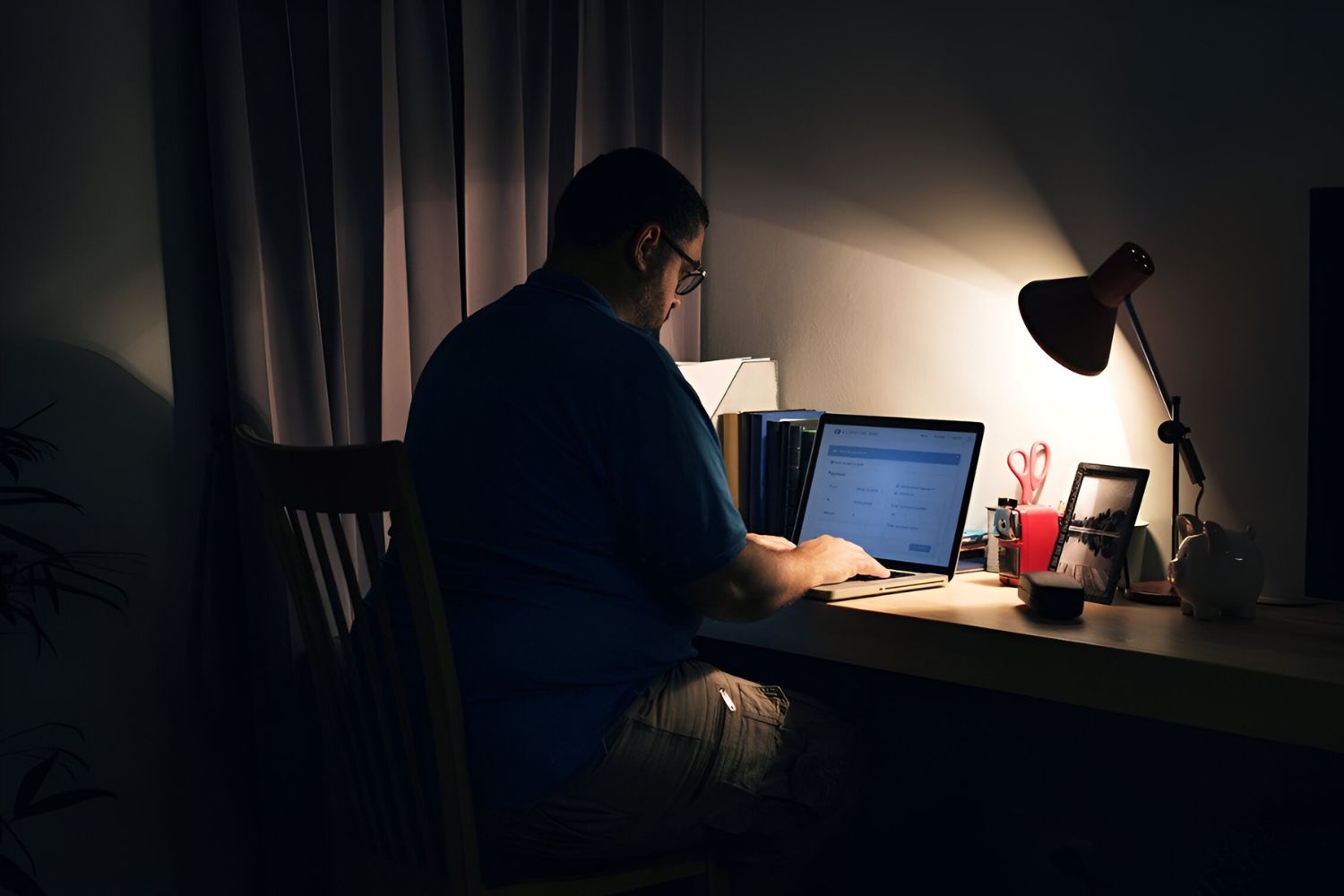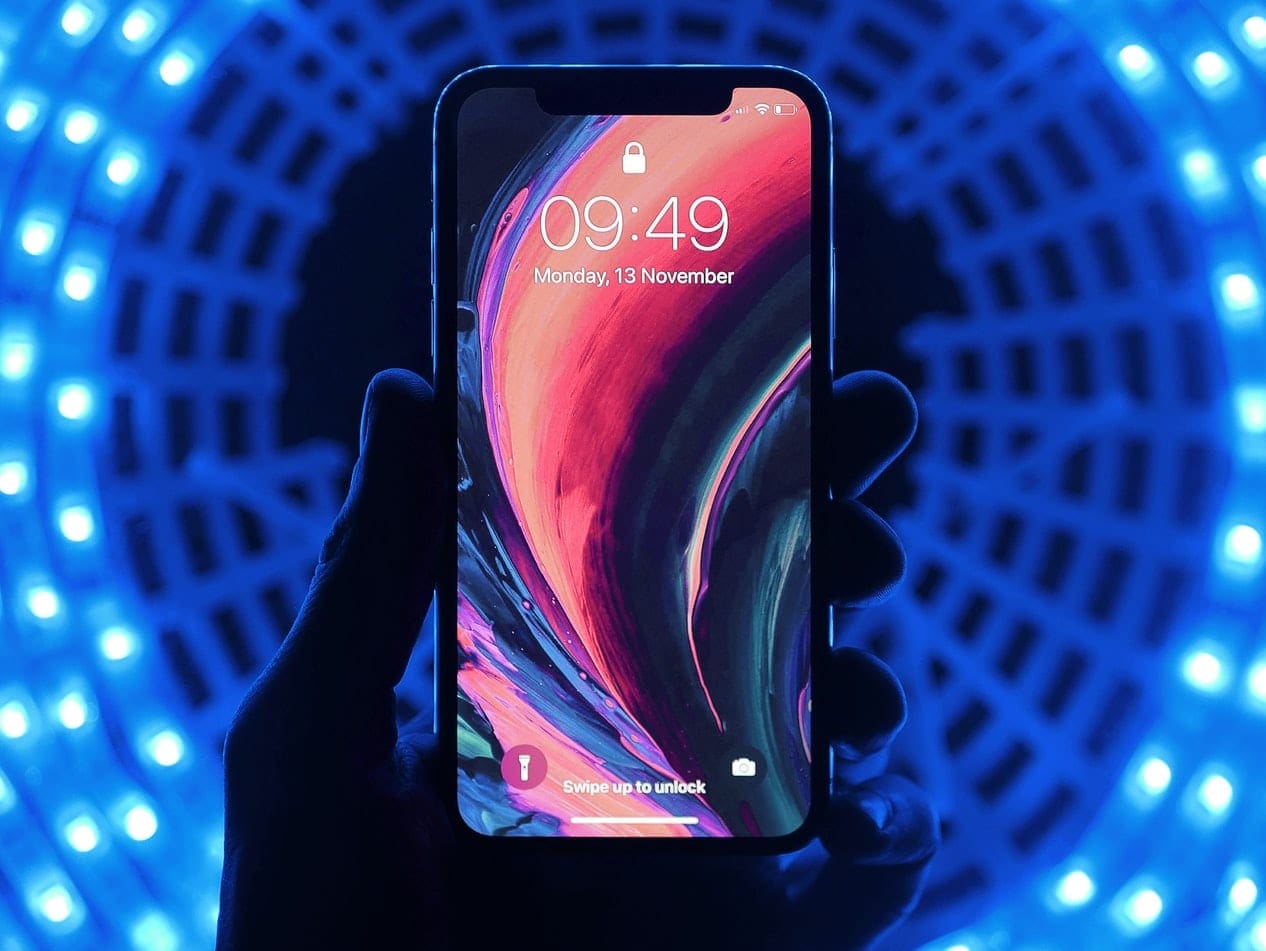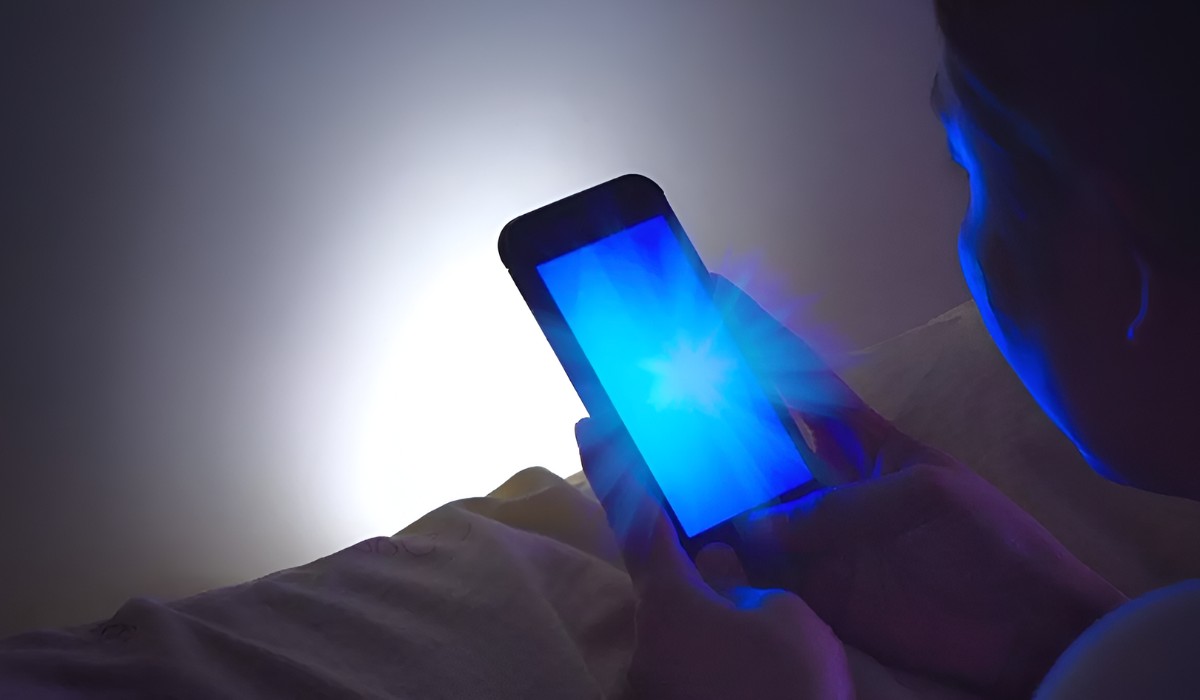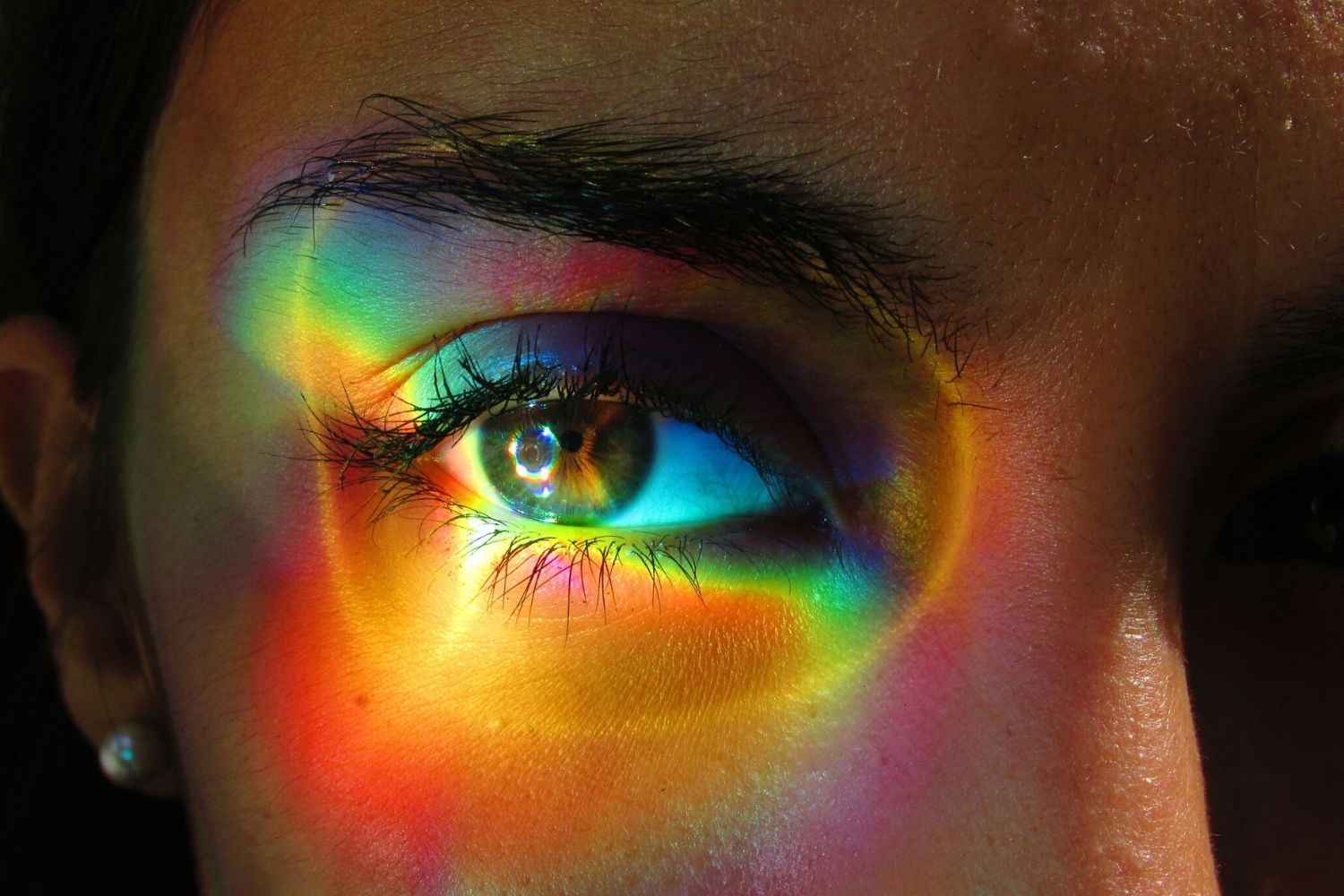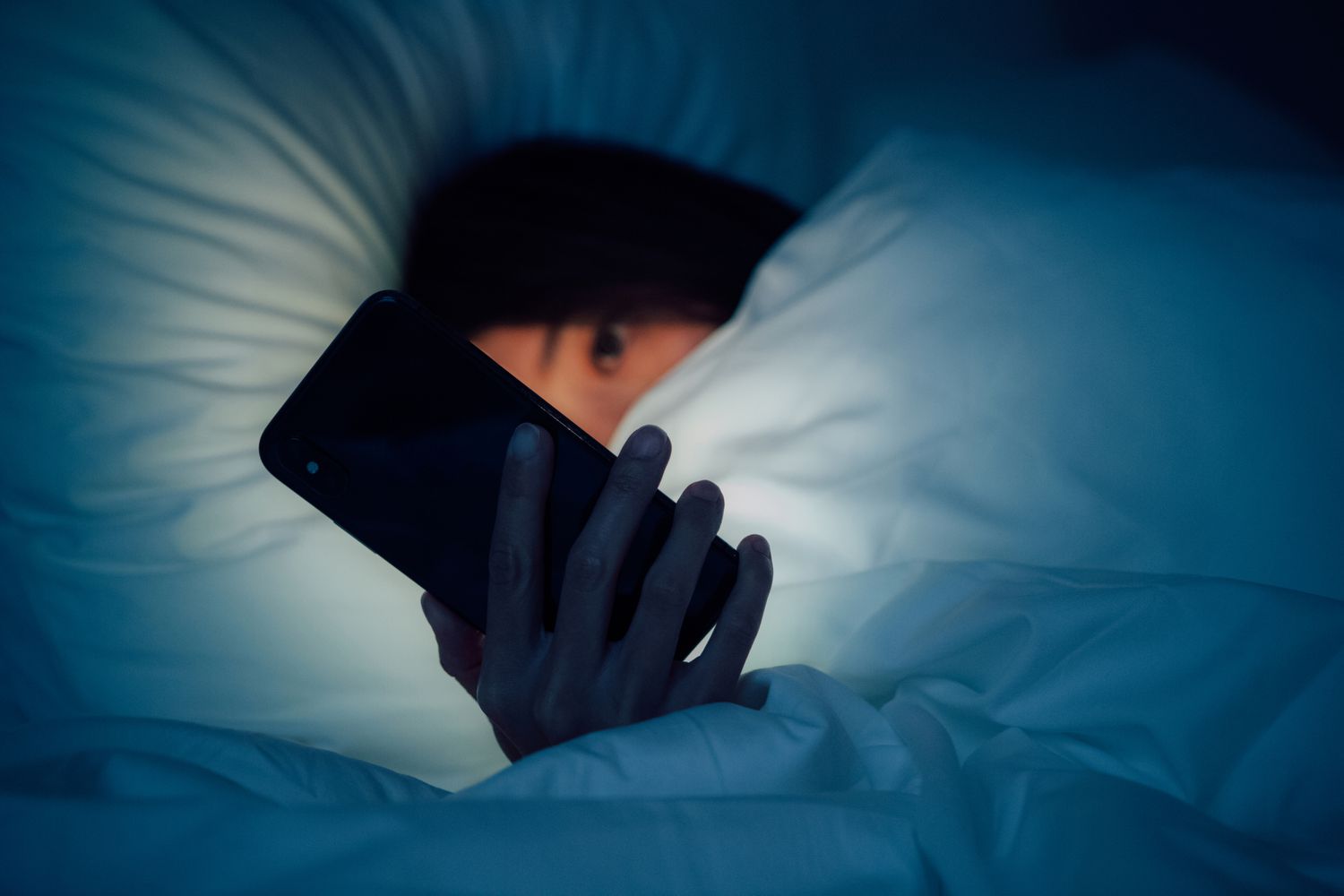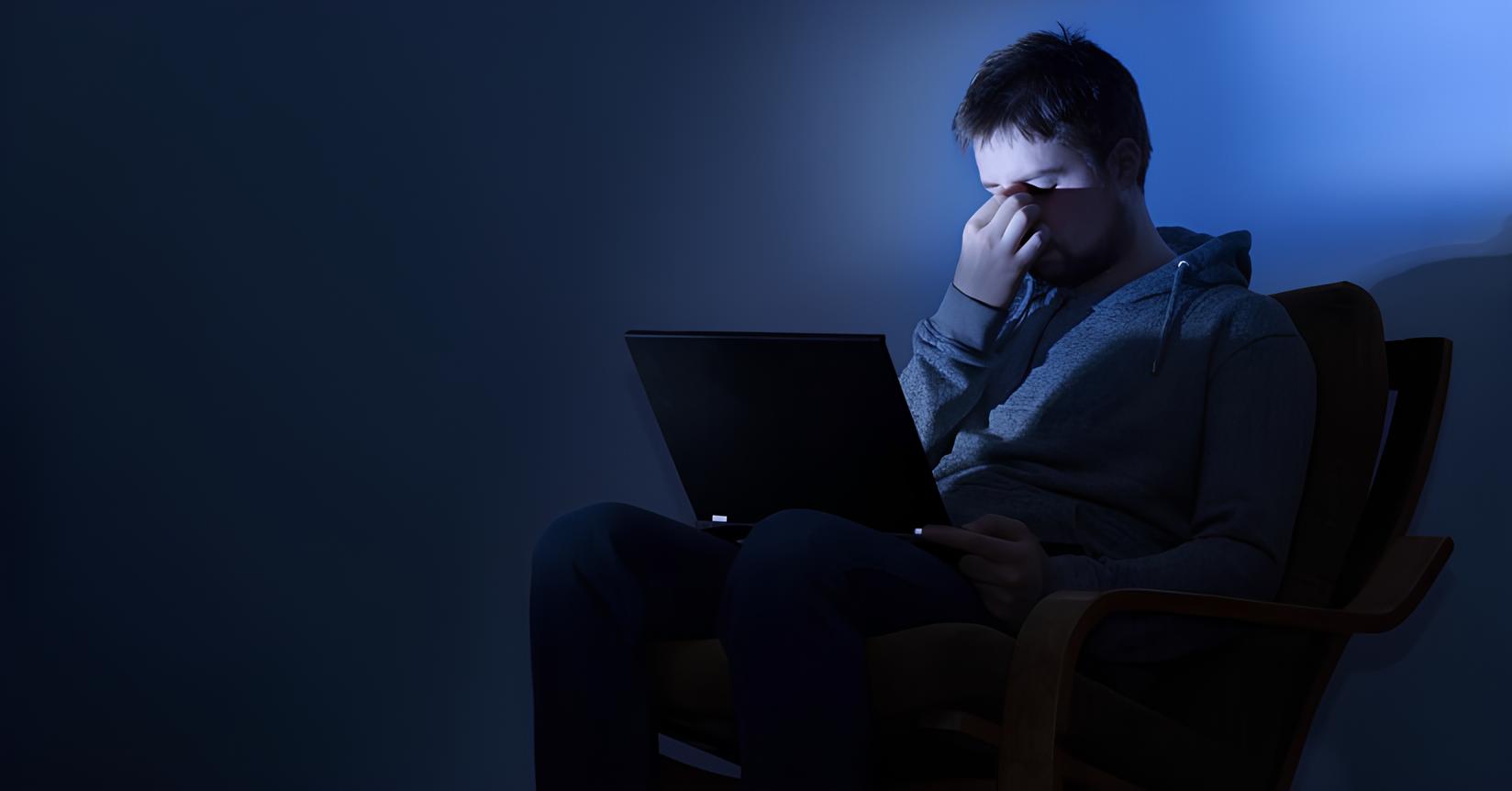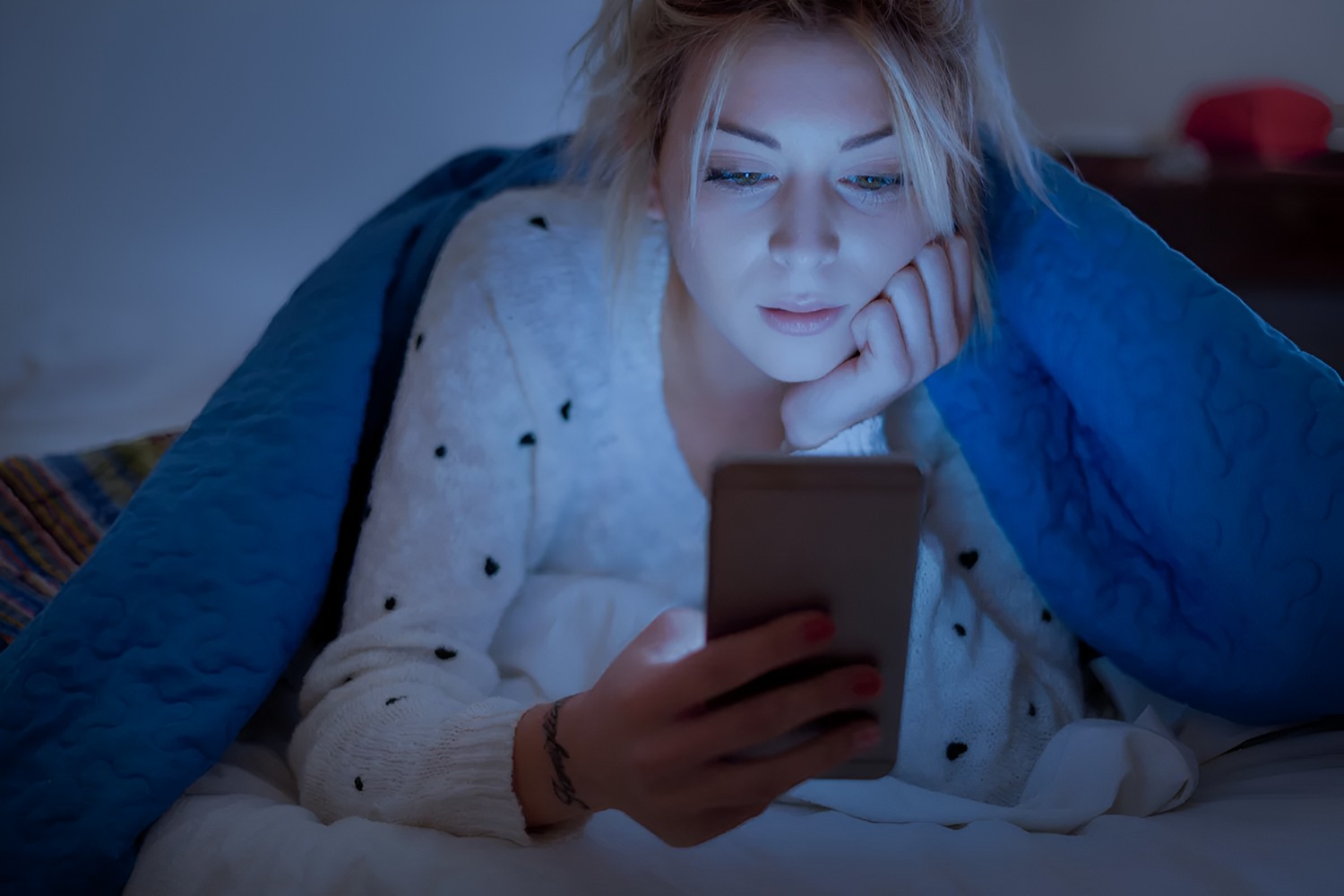Introduction
In today's digital age, our lives are intertwined with technology. From smartphones and tablets to laptops and LED televisions, we are constantly surrounded by screens emitting blue light. While this technological advancement has revolutionized the way we live, work, and communicate, it has also brought about concerns regarding the potential health implications of prolonged blue light exposure.
As we spend more time in front of screens, whether for work, entertainment, or social interaction, our eyes are subjected to increased levels of blue light. This has sparked a growing interest in understanding the effects of blue light on our health and well-being. Consequently, individuals are seeking effective strategies to minimize their exposure to blue light without compromising their daily routines.
In this article, we will delve into the world of blue light, exploring its sources, potential health risks, and the impact it has on our daily lives. Furthermore, we will discuss practical lifestyle adjustments that can help mitigate the adverse effects of blue light exposure. By implementing these strategies, individuals can take proactive steps to safeguard their eye health and overall well-being in the digital era.
Understanding Blue Light
Blue light is a visible light with a short wavelength and high energy, which is emitted by the sun, digital screens, LED and fluorescent lights. It falls within the 400 to 500 nanometer range on the light spectrum, making it one of the highest energy wavelengths. This characteristic gives blue light its stimulating properties, making it beneficial during daylight hours as it can boost attention, reaction times, and mood.
In the context of digital devices, blue light exposure has become a major concern due to the widespread use of smartphones, tablets, computers, and televisions. Prolonged exposure to these devices can lead to increased blue light absorption, potentially affecting our circadian rhythm and overall health.
Moreover, the human eye is not particularly efficient at blocking blue light, allowing it to penetrate the retina. This can result in digital eye strain, also known as computer vision syndrome, characterized by symptoms such as dry eyes, headaches, blurred vision, and difficulty focusing. Additionally, research suggests that excessive blue light exposure, especially at night, can disrupt the body's natural sleep-wake cycle, leading to sleep disturbances and potential long-term health implications.
Understanding the properties and sources of blue light is crucial in developing effective strategies to mitigate its impact. By recognizing the potential risks associated with blue light exposure, individuals can make informed decisions about their screen usage and take proactive measures to protect their eye health and overall well-being.
Health Risks Associated with Blue Light Exposure
Prolonged exposure to blue light, especially from digital screens, has raised concerns about its potential health risks. The most notable impact of excessive blue light exposure is its effect on the circadian rhythm, also known as the sleep-wake cycle. The human body relies on natural cues, particularly the presence or absence of light, to regulate this internal clock. However, the prevalence of artificial sources of blue light, such as smartphones, tablets, and computers, has disrupted this delicate balance.
Research indicates that exposure to blue light, particularly in the evening and night hours, can inhibit the production of melatonin, a hormone that regulates sleep. This disruption can lead to difficulties falling asleep, as well as reduced overall sleep quality. Consequently, individuals may experience fatigue, irritability, and a decline in cognitive function due to inadequate rest.
Furthermore, prolonged exposure to blue light can contribute to digital eye strain, a condition characterized by a range of symptoms including dry eyes, headaches, blurred vision, and neck and shoulder pain. The continuous focusing and refocusing required when staring at digital screens can lead to eye discomfort and visual disturbances, impacting productivity and overall well-being.
In addition to its immediate effects, prolonged exposure to blue light may have long-term implications for eye health. Studies suggest that cumulative exposure to blue light may contribute to the development of age-related macular degeneration (AMD), a leading cause of vision loss among older adults. While the exact mechanisms are still being studied, the potential for blue light to induce oxidative stress and damage retinal cells raises concerns about its impact on long-term eye health.
Moreover, emerging research has highlighted the potential link between blue light exposure and other health issues, including an increased risk of certain cancers, cardiovascular diseases, and metabolic disorders. Although further studies are needed to fully understand these associations, the growing body of evidence underscores the importance of addressing blue light exposure as a multifaceted health concern.
Overall, the health risks associated with blue light exposure extend beyond immediate visual discomfort, encompassing potential disruptions to sleep patterns and long-term implications for eye and overall health. Recognizing these risks empowers individuals to adopt proactive measures to mitigate the impact of blue light and prioritize their well-being in an increasingly digital world.
Lifestyle Adjustments to Reduce Blue Light Exposure
Making lifestyle adjustments to reduce blue light exposure is an essential step in safeguarding eye health and overall well-being in today's digital age. By incorporating simple yet effective strategies into daily routines, individuals can minimize the potential health risks associated with prolonged screen time and artificial light sources. Here are practical lifestyle adjustments to reduce blue light exposure:
1. Use Blue Light Filters and Screen Protectors
Utilize blue light filters and screen protectors on digital devices to reduce the amount of blue light emitted. These tools can be particularly beneficial for smartphones, tablets, and computers, as they help mitigate the impact of blue light on the eyes without compromising the visual quality of the screens.
2. Adjust Display Settings
Take advantage of the display settings on electronic devices to customize the level of blue light emitted. Many devices offer built-in features, such as night mode or blue light reduction settings, which can automatically adjust the screen's color temperature to minimize blue light exposure, especially during evening hours.
3. Incorporate Regular Screen Breaks
Adopt a habit of incorporating regular screen breaks to give the eyes a much-needed rest. The 20-20-20 rule is a simple yet effective guideline: every 20 minutes, look at something 20 feet away for at least 20 seconds. This practice can help reduce eye strain and minimize the cumulative effects of prolonged screen time.
4. Prioritize Proper Lighting
Ensure proper lighting in work and living spaces to reduce the strain on the eyes. Natural light is an excellent alternative to artificial sources, so whenever possible, position workstations near windows to capitalize on natural daylight. Additionally, consider using warm, ambient lighting to create a comfortable environment that complements screen usage.
5. Establish Screen-Free Zones and Times
Designate specific areas or times in the day where screens are off-limits. This approach can help create boundaries between screen usage and relaxation or family time. By establishing screen-free zones and times, individuals can reduce overall exposure to blue light and promote a healthier balance between digital engagement and offline activities.
6. Invest in Blue Light-Blocking Eyewear
Consider investing in blue light-blocking eyewear, such as glasses with specialized lenses designed to filter out a portion of blue light. These glasses can be particularly beneficial for individuals who spend extended periods in front of screens, providing an additional layer of protection against blue light exposure.
By implementing these lifestyle adjustments, individuals can proactively reduce their exposure to blue light and mitigate its potential health implications. These practical strategies empower individuals to embrace technology while prioritizing their eye health and overall well-being in the digital era.
Conclusion
In conclusion, the prevalence of digital screens and artificial light sources has significantly increased our exposure to blue light, raising concerns about its potential impact on eye health and overall well-being. As we navigate the digital landscape, it is essential to recognize the multifaceted nature of blue light exposure and its implications for our daily lives. The insights gained from understanding the properties of blue light and the associated health risks underscore the importance of adopting proactive measures to mitigate its effects.
The lifestyle adjustments discussed in this article offer practical and effective strategies for reducing blue light exposure without sacrificing the benefits of technology. By incorporating blue light filters, adjusting display settings, and prioritizing proper lighting, individuals can create environments that minimize the strain on their eyes and promote a healthier relationship with digital devices. Additionally, the integration of regular screen breaks and the establishment of screen-free zones and times can contribute to a more balanced and mindful approach to screen usage.
Furthermore, the potential long-term implications of blue light exposure on sleep patterns, eye health, and overall well-being emphasize the need for a holistic approach to managing screen time. Investing in blue light-blocking eyewear can provide an additional layer of protection, particularly for individuals who rely heavily on digital devices for work or leisure.
As we strive to embrace technology while safeguarding our health, the lifestyle adjustments outlined in this article serve as practical tools for individuals to navigate the digital landscape with greater awareness and intentionality. By implementing these strategies, individuals can take proactive steps to minimize the adverse effects of blue light exposure and prioritize their well-being in an increasingly digital world.
In essence, the quest to reduce blue light exposure is not about forsaking technology, but rather about finding a harmonious balance that allows us to harness the benefits of digital advancements while safeguarding our health. By integrating these lifestyle adjustments into our daily routines, we can cultivate a healthier relationship with technology and nurture our well-being in the digital era.







